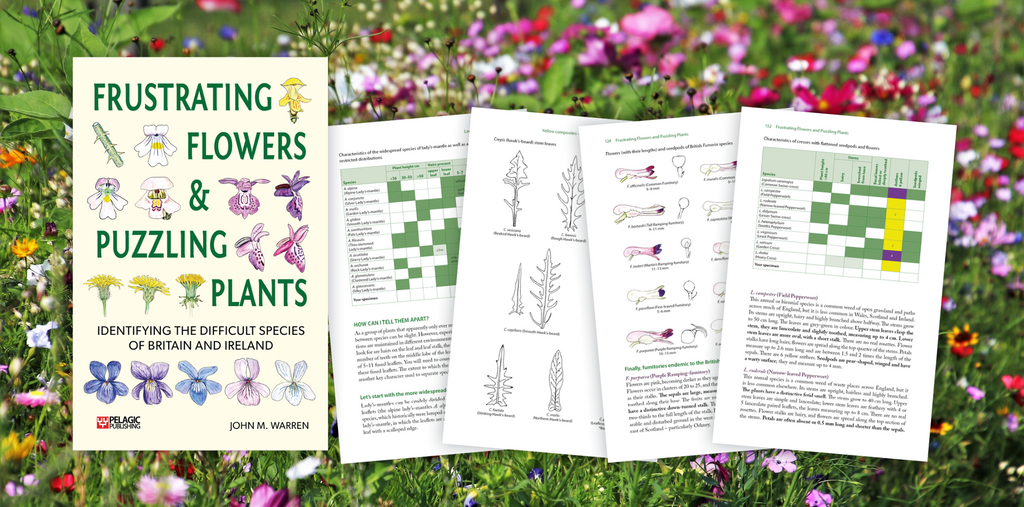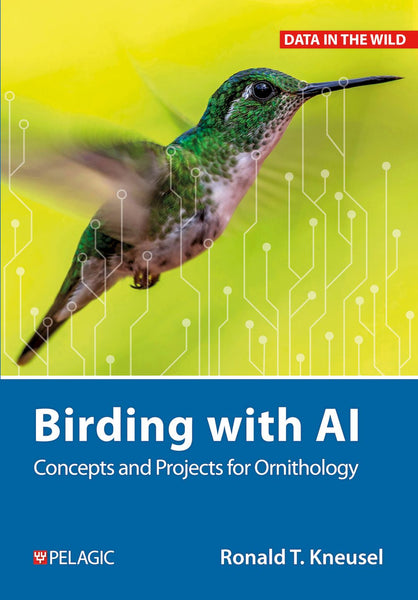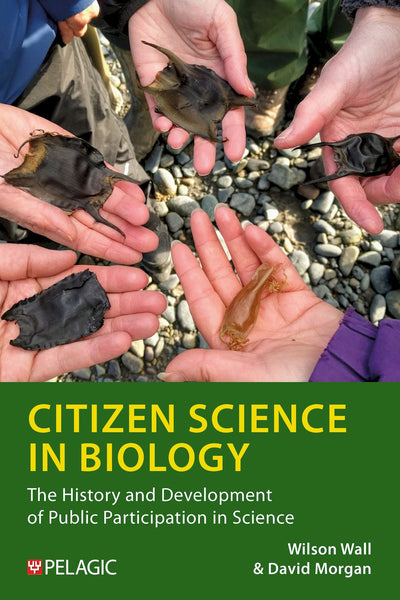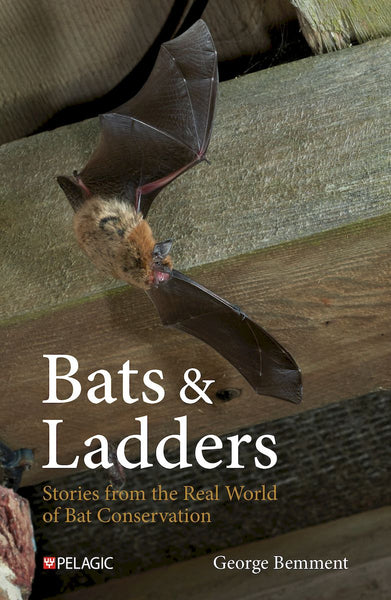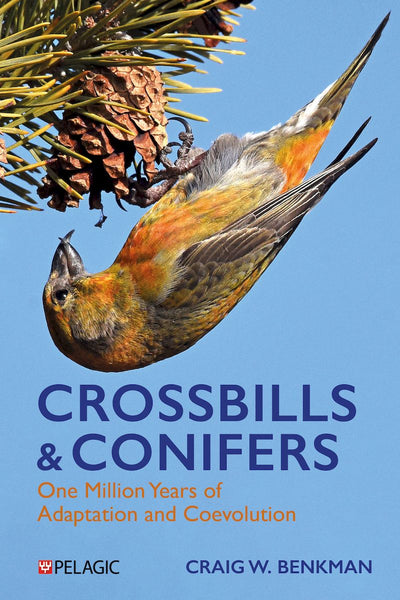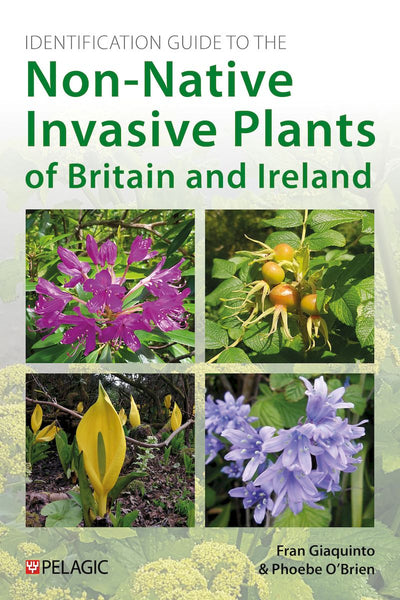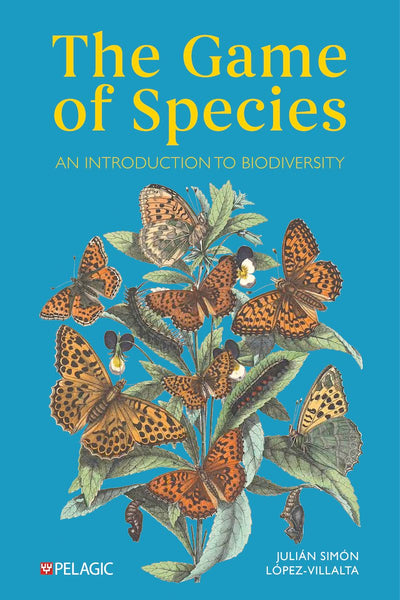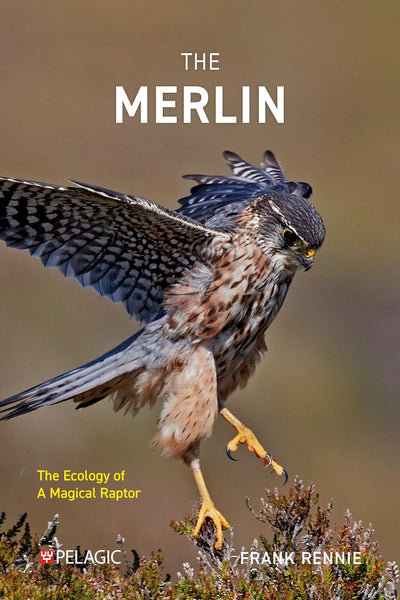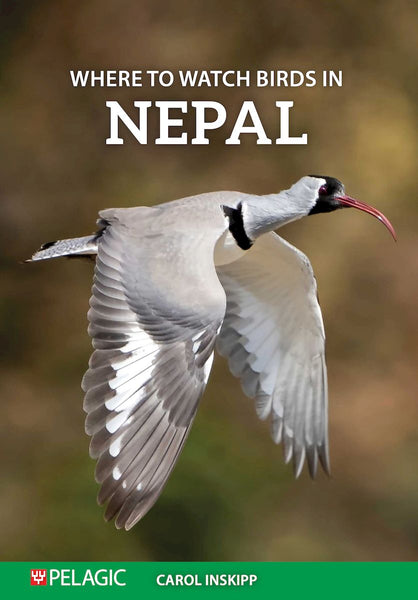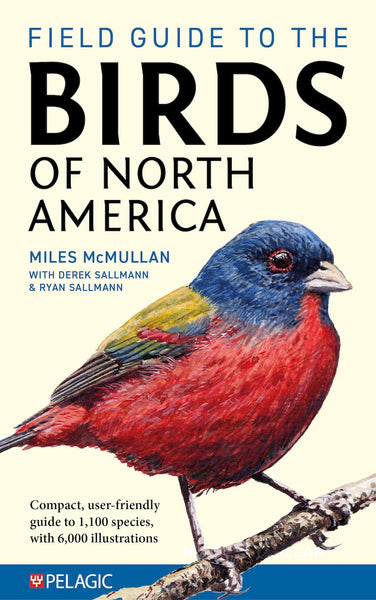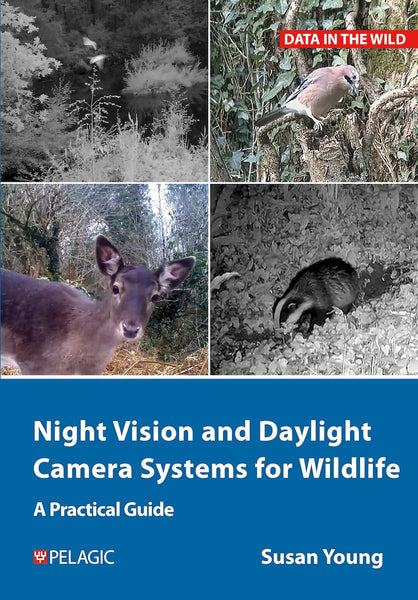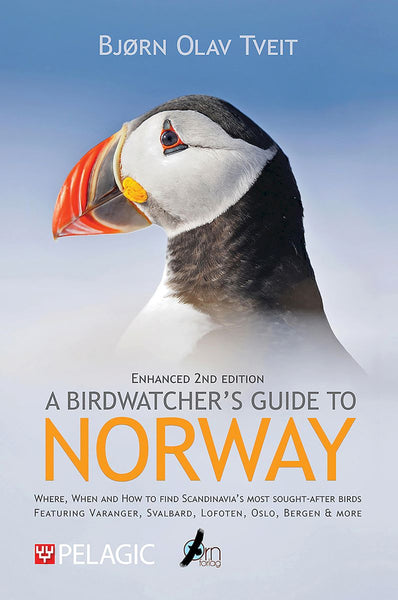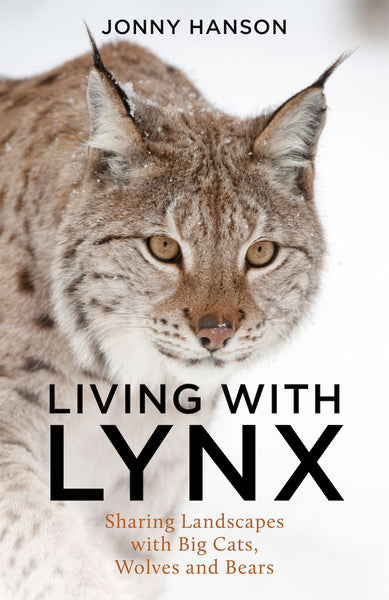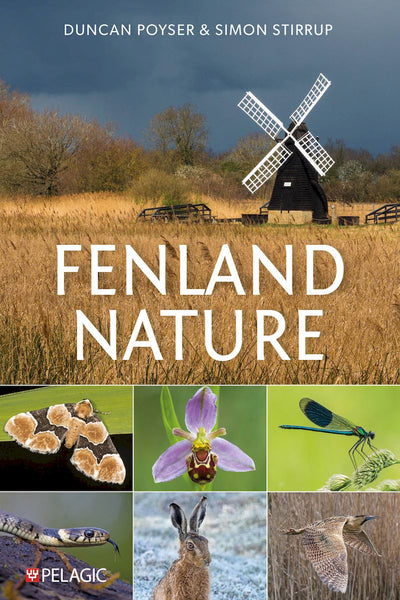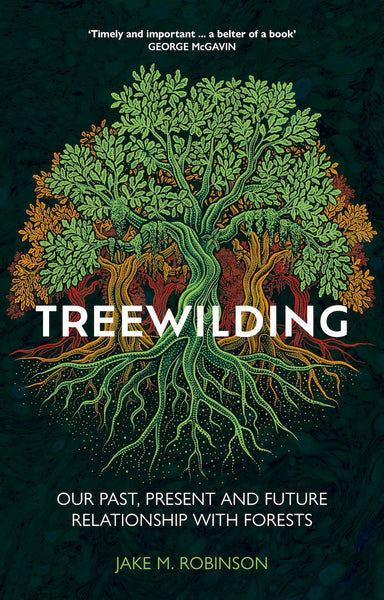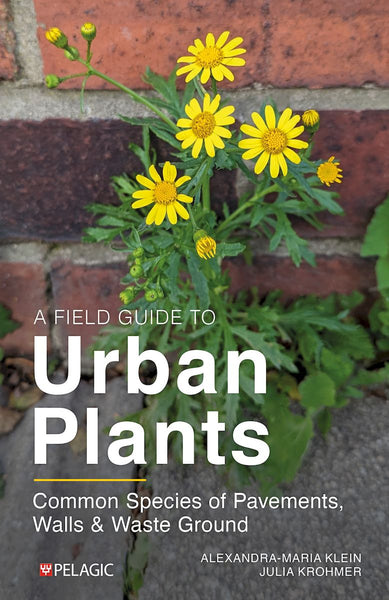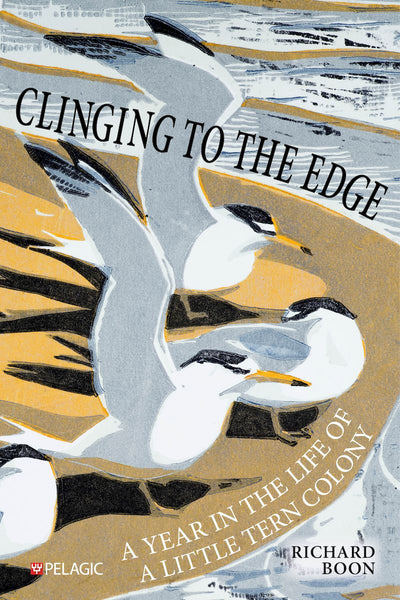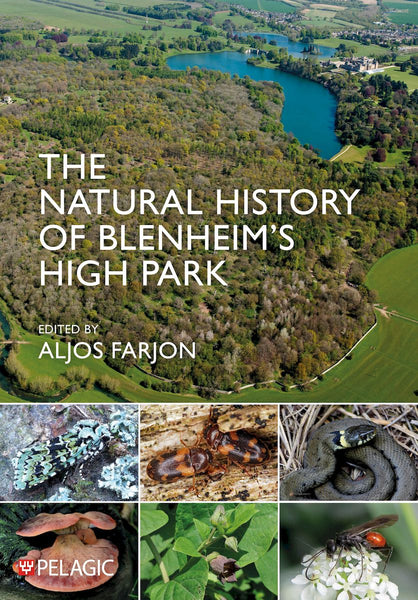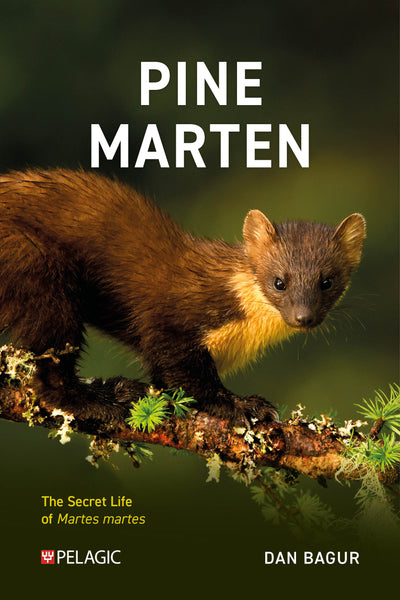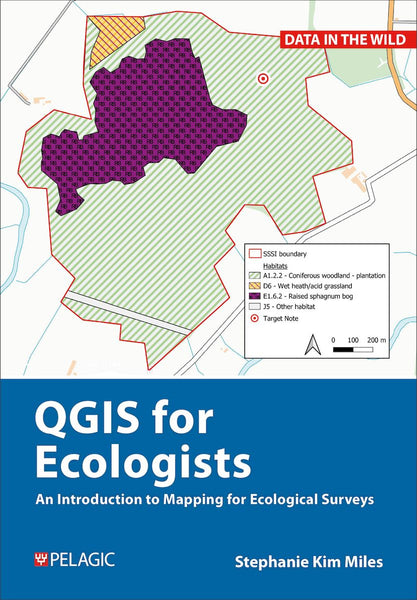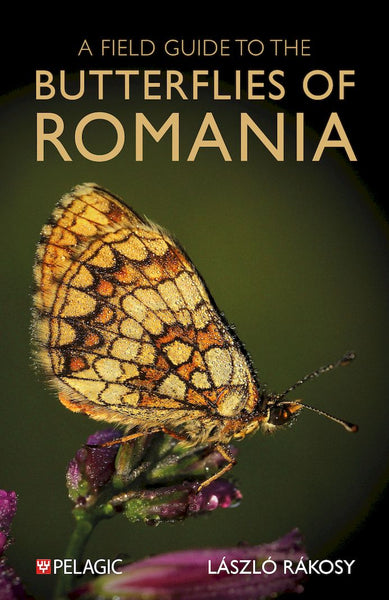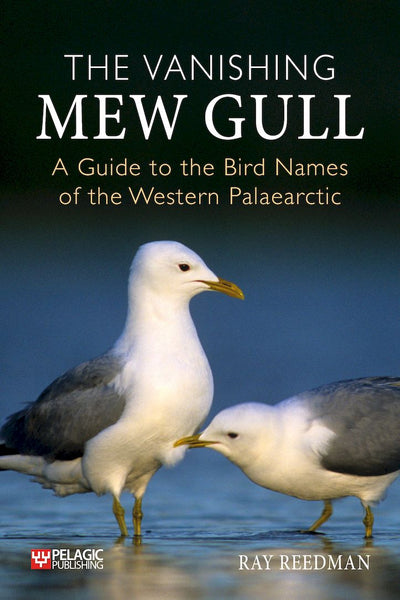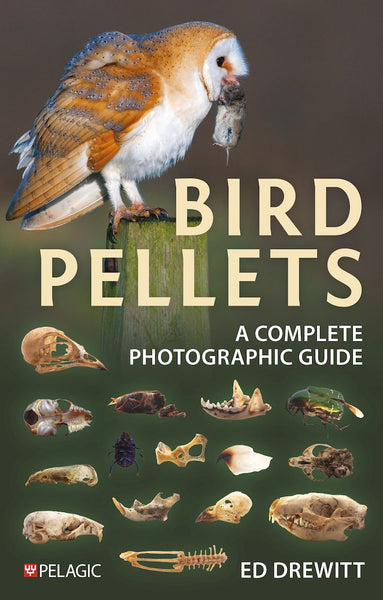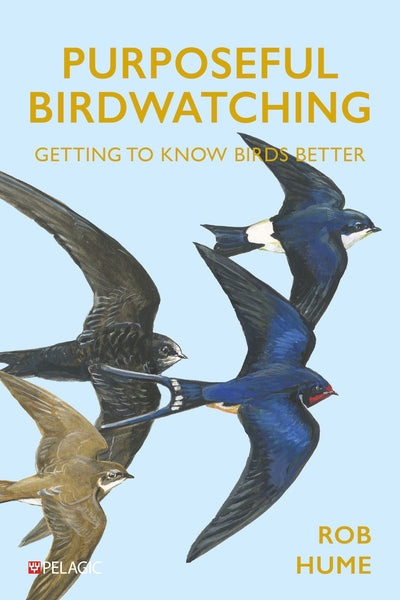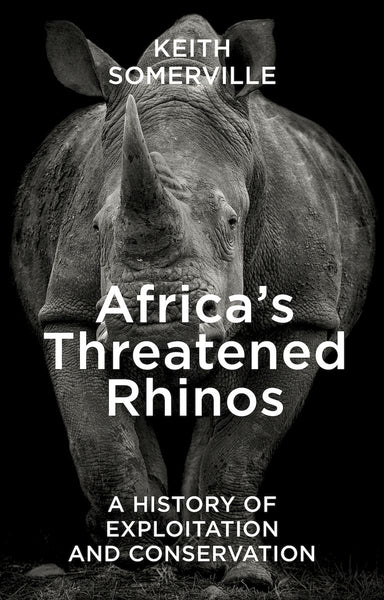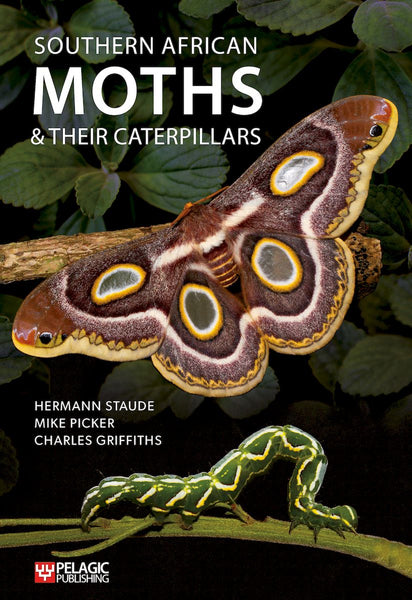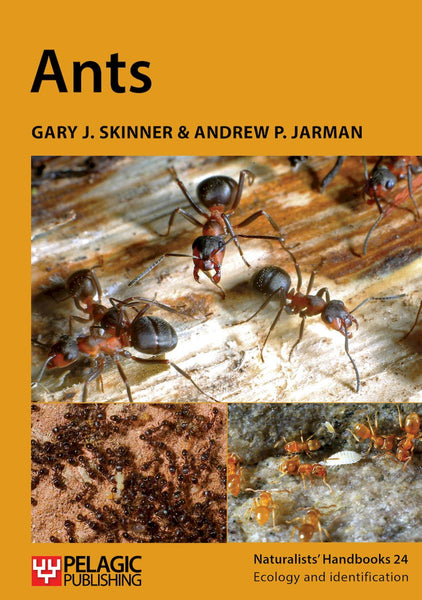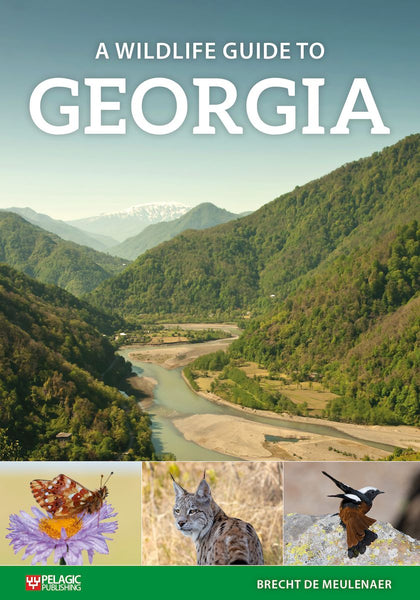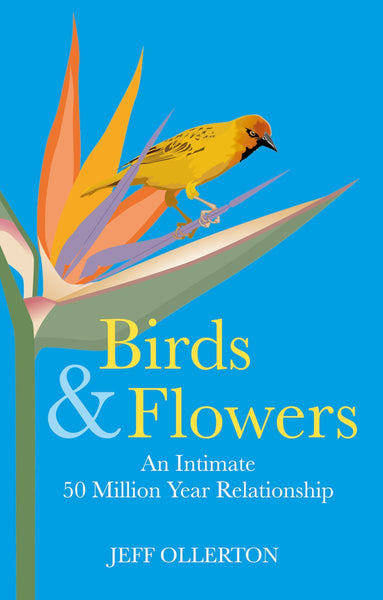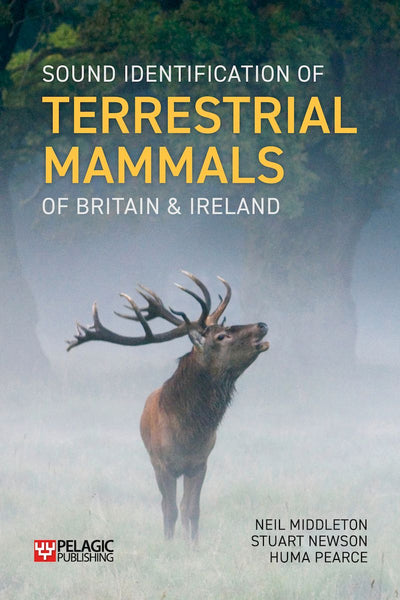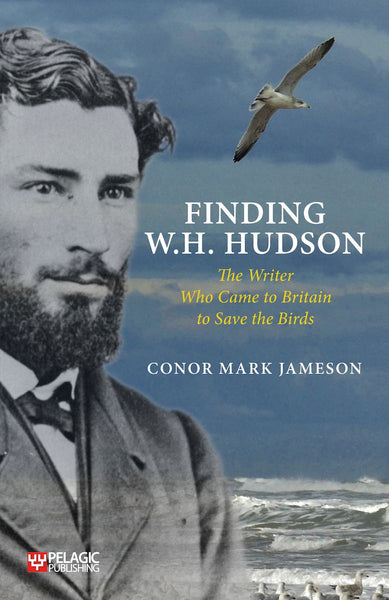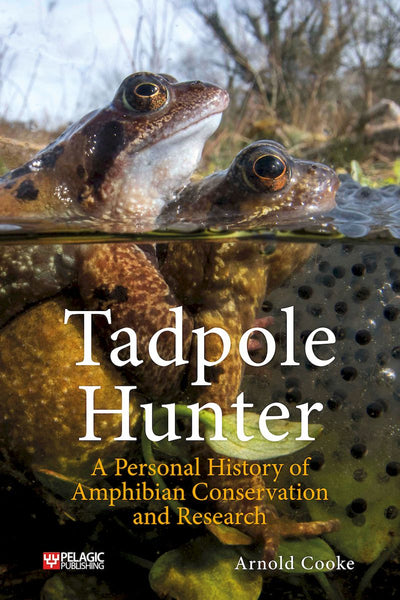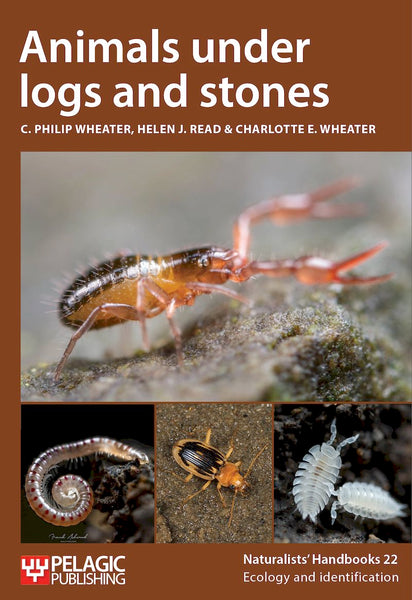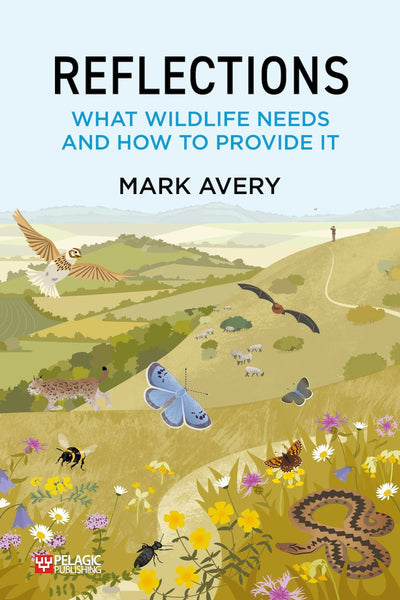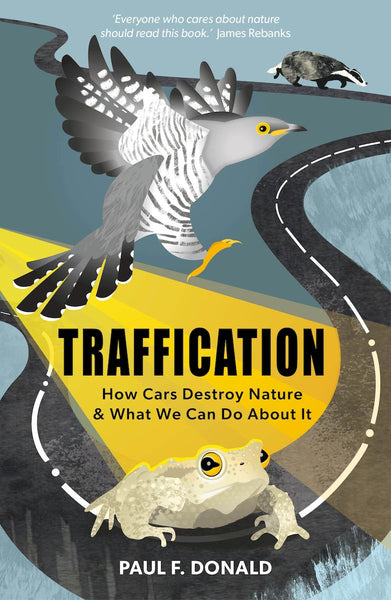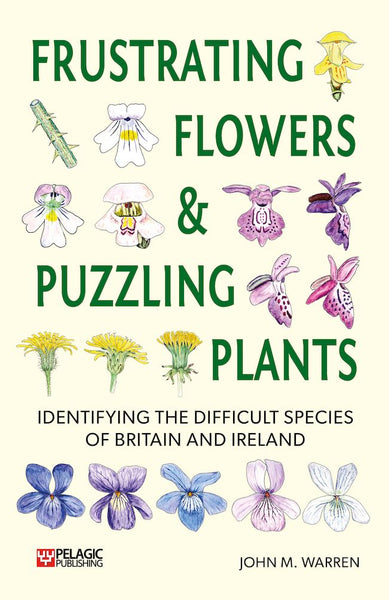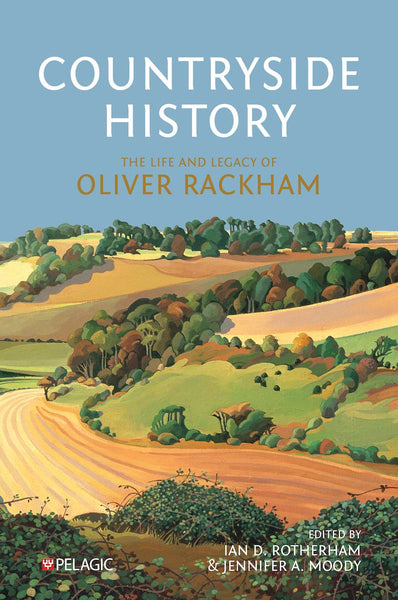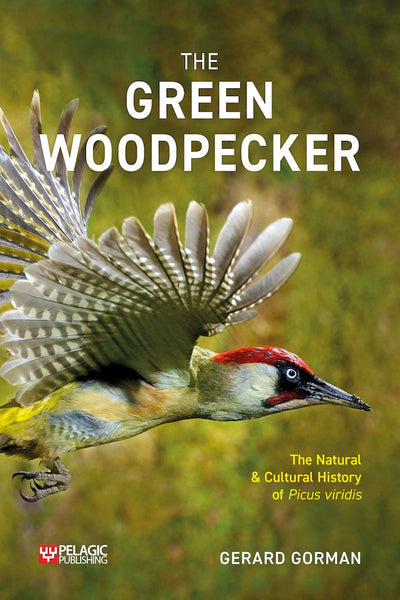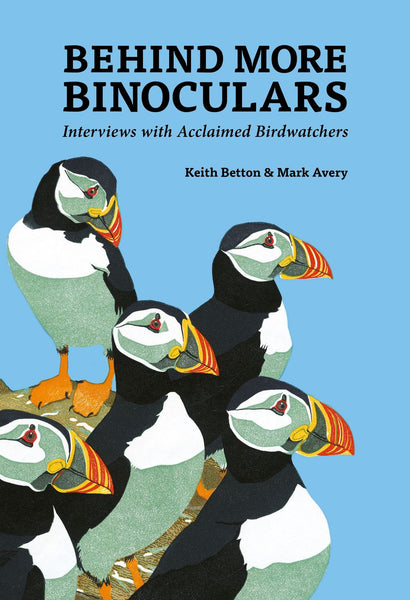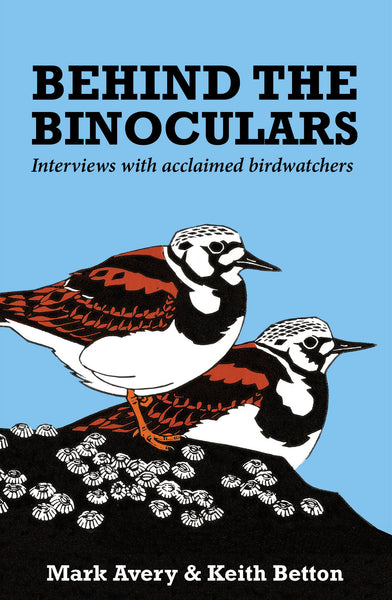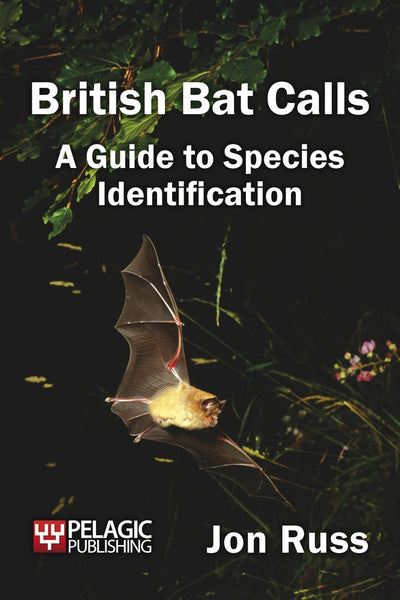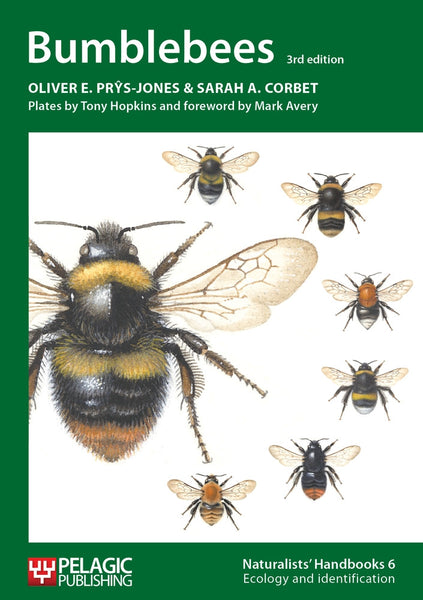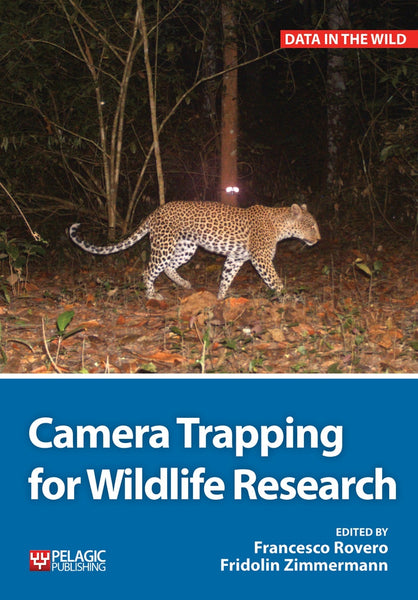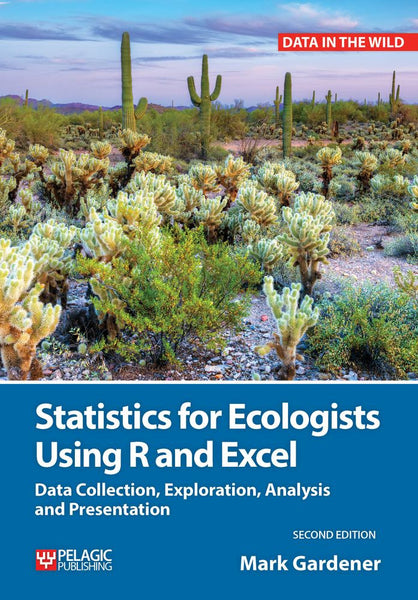John Warren talks to us about Frustrating Flowers and Puzzling Plants and his love of all things botanical.
Could you tell us a little about your background and when your interest in botany began?
I have always been a botanist. Some of my earliest memories are of plants. I did my first degree in Plant Biology at Newcastle, followed by a PhD on Groundsel at York. My usual response to this question is – if you cut me in half it says botanist in vascular bundles. In particular I have been interested in botanical diversity, where does it come from, and why does it matter in agriculture. That has been particularly influenced by two periods working in the tropics (working on Cocoa at the world Chocolate Genebank in Trinidad and as Vice Chancellor in Papua New Guinea).

What was the impetus behind Frustrating Flowers and Puzzling Plants?
I was Chair of the BSBI’s Learning and Training Committee and we did a review of L&T provision for botanists at different stages. It was apparent that there was a massive gap between wildflower guides and specialists floras. BSBI handbooks are wonderful for covering complex taxa, but they are a bit niche for someone just getting into botany. Secondly, looking at social media, it was clear that there is lots of interest in plants out there, but a shortage of appropriate support materials.
How did you go about choosing which plants to include and which to leave out?
That’s a good question, and I suspect every botanist would come up with their own list and have their own reasons. My answer is – a mixture of looking at what groups had been covered by their own floras, and an attempt to cover the main complex groups, including some really tricky and some less tricky groups, so that the book has something for a wider group of people.

What helped or hindered you most when writing the book?
This is a massive topic and something I wrote about before starting work on the book. Where does the data you find in floras come from? Why do we include some traits and not others? Why has this data never been recorded scientifically, systematically from known populations, with known sample sizes. I have tried to rectify this where possible to fill gaps. But I believe as a science we really need a drive to collect all these data afresh
Who is the target audience for the book?
Hopefully the book will appeal to novice botanists just venturing into the more complex taxa for the first time, as well as more experience botanists who have always put off tackling a particular group for their own personal reasons.

As a nation we have lost a large amount of the wildflowers and plants we once had. What would your advice be to someone looking to help restore the balance?
It’s great people are starting to think about planting wildflowers. But you will notice that commercial wild flower seeds tend to produce plants with a very narrow range of flowering times. That is a result of how the seeds are harvested (on mass on one occasion). To help maintain botanical diversity think about obtaining your seeds from more than one supplier.
Discover more about Frustrating Flowers and Puzzling Plants here






